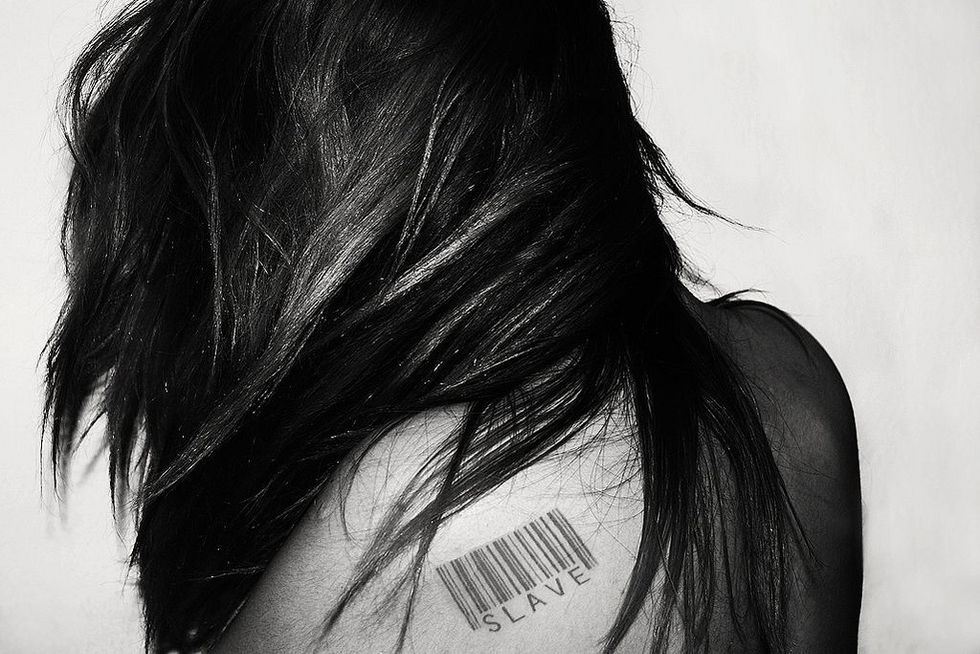Human trafficking happens everywhere, even in the United States. But to me, it seems like the majority of people turn a blind eye to it or pretend it's something that could never affect their own life. Well, I hate to be the bearer of bad news, but that's simply not true.
Does it scare you to know that there are an estimated 40.3 million victims of human trafficking globally or that 300,000 Americans under the age of 18 are lured into sex trafficking every year? It should.
It's infuriating to think that it's the 21st century and we're still dealing with a form of slavery. While the world has continued to evolve around us, there's one thing that has never changed: greed. And unfortunately, that seems to be the root of all this evil. Though there's nothing we can do to make a person less evil, there are ways we can better educate ourselves on the issue at hand.
To help jumpstart your learning, I've included some common myths about human trafficking.
Human trafficking is basically the same thing as human smuggling
Smuggling involves illegal border crossing, while trafficking involves labor or sex acts through force or coercion regardless of transportation.
There must be some type of physical force or restraint present
Force or restraint is not required for a situation to be considered human trafficking. In fact, phycological abuse is sufficient enough for this crime to take place.
Victims of trafficking almost always come from situation of poverty
Victims comes from all different income levels and socioeconomic statuses.
A victim of human trafficking would ask for help the first chance they get
Many victims fail to seek help due to factors such as lack of trust or having received specific instructions from traffickers on how to behave.
Sex trafficking is the only form of human trafficking
Human trafficking includes both sex trafficking and labor trafficking.
These are only a few of many misconceptions regarding the epidemic of human trafficking. To learn more about this horrific crime, visit Polaris.






















